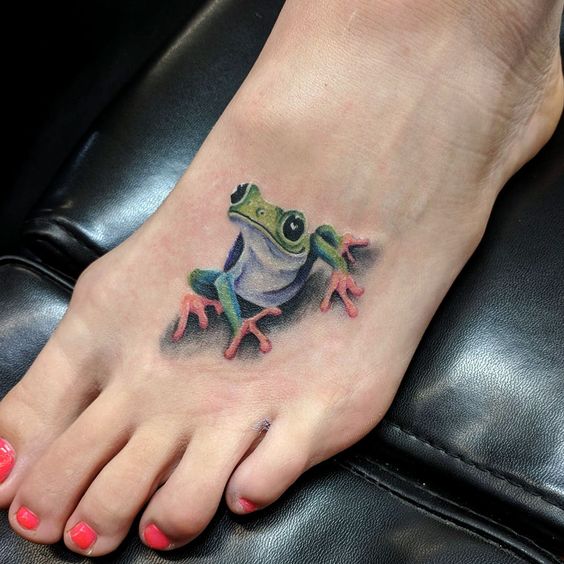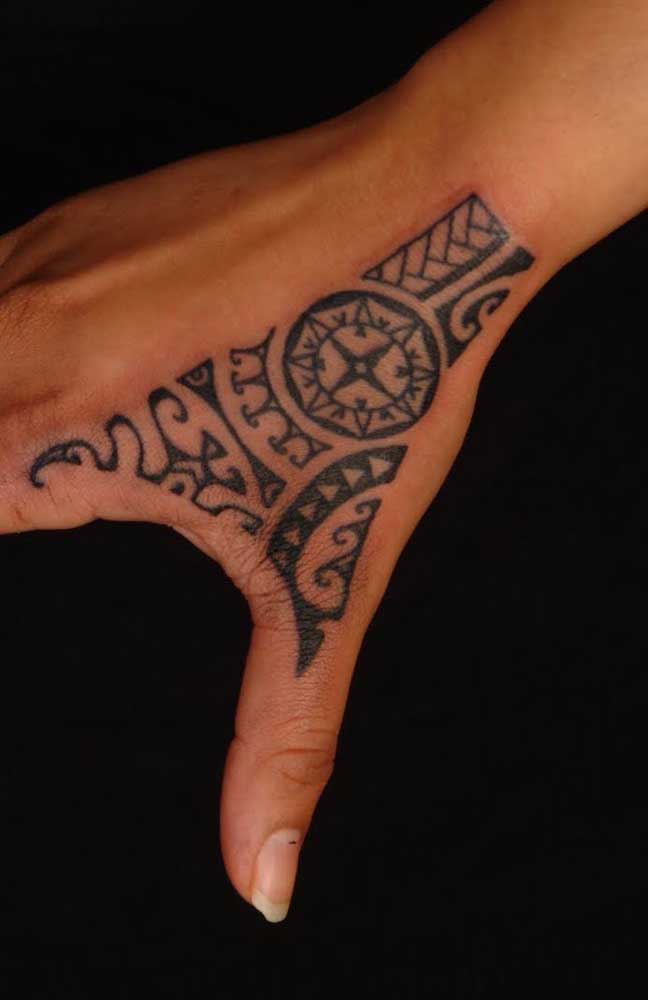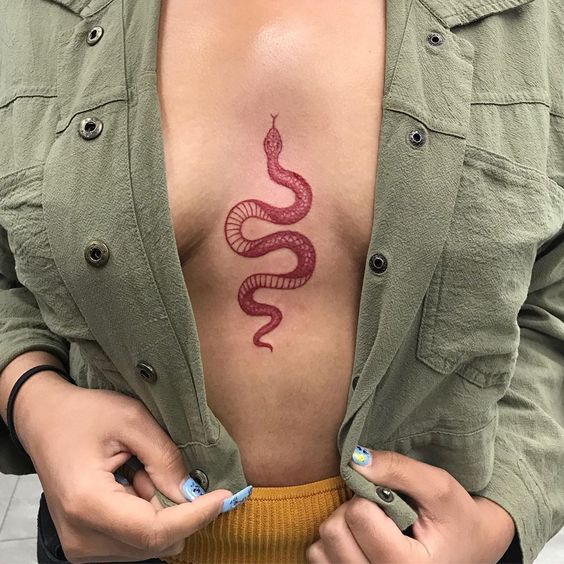Since the dawn of time, people have used tattoos to express their feelings, showcase their identity, memorialize their past, or signify their affiliation with a group. The concept of ‘Tattoos exposed to time’ illustrates how these permanent ink markings on our skin evolve and interact with our life’s journey. Tattoos, growing rapidly in popularity, are more prevalent than ever. A recent study shows that 1 in 4 people now sports a tattoo.
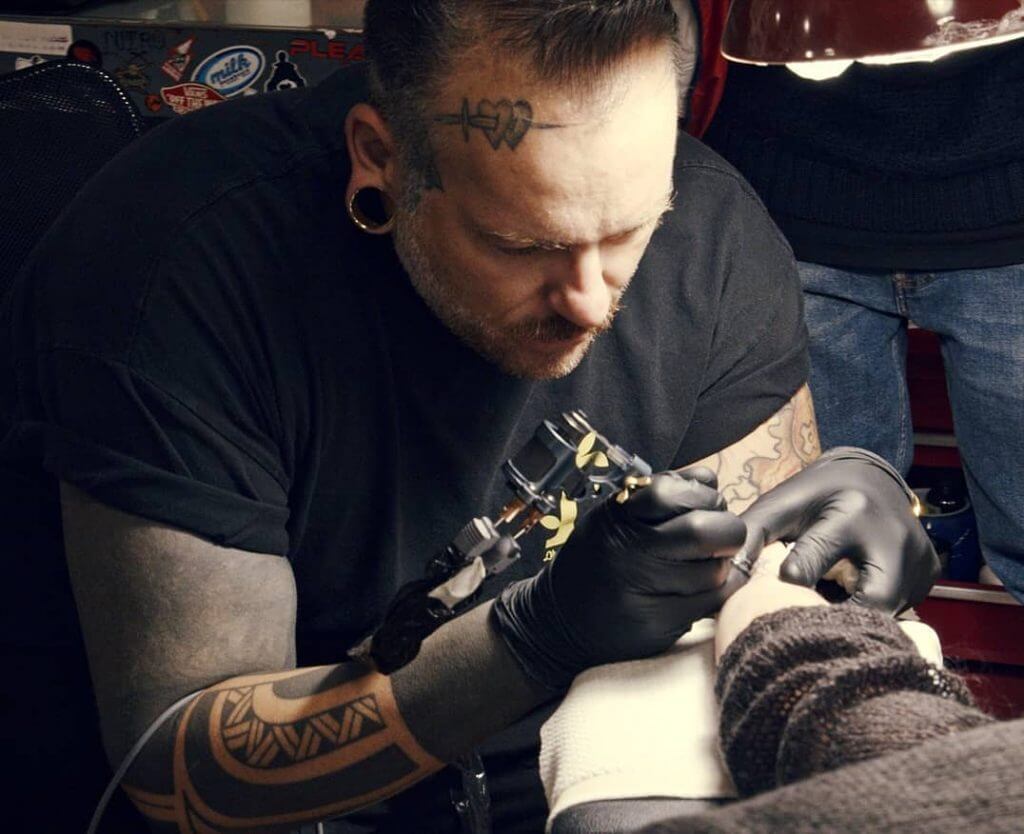
In essence, a tattoo is a permanent mark made by implanting ink under a skin layer, creating a lasting image. Imagine tattoos as paintings, with the body as the canvas and the needle as the brush. The tattoo gun operates by rapidly moving sharp needles to inject ink into the epidermis. The skin then absorbs the ink’s color. During this process, the tattoo artist frequently cleans and wipes the area with an antiseptic to disinfect the wound.
Tattoos exposed to time undergo changes due to environmental elements. Designing a tattoo requires considering the skin’s potential stretching, shrinking, and aging to maintain its appearance. A tattoo’s color should stay uniform over time, though factors like wrinkles and tanning can affect clarity.
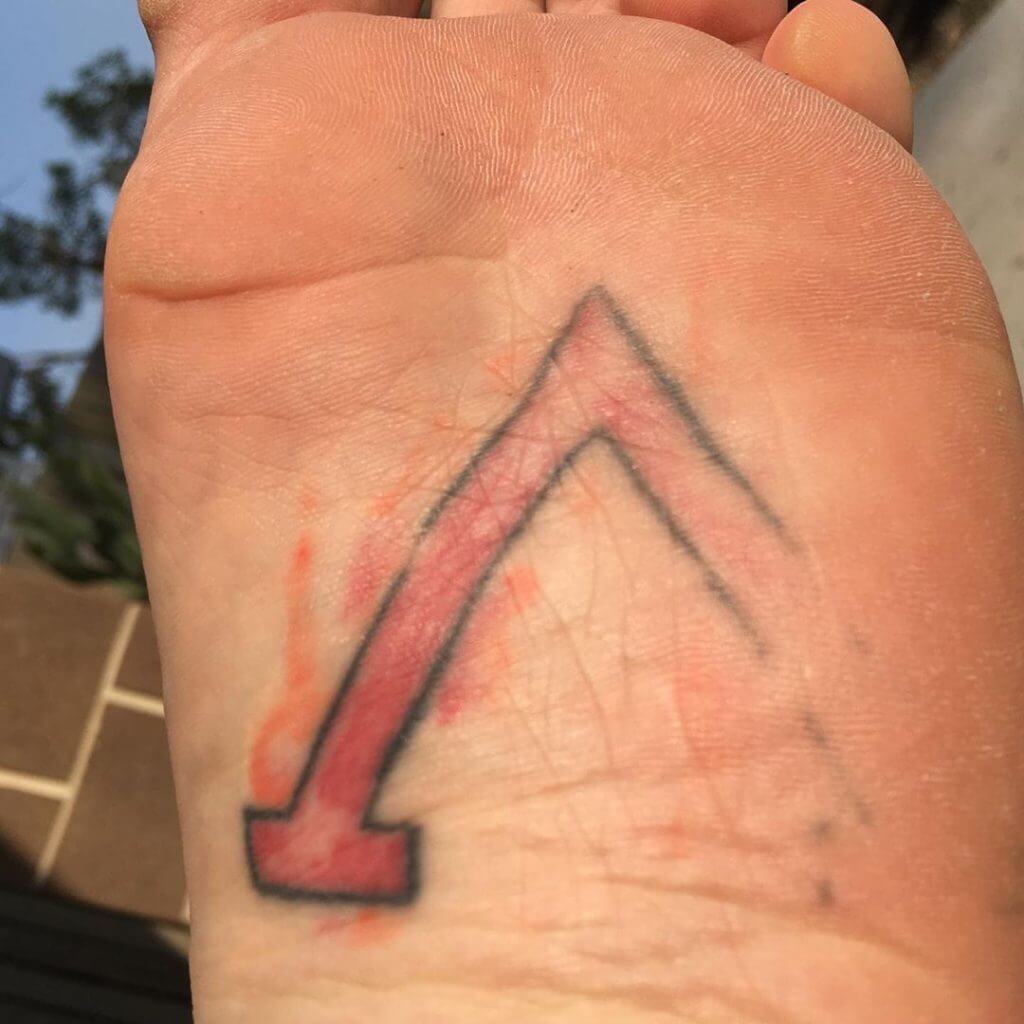
The tattoo’s longevity and color vibrancy largely depend on post-application care. Proper healing, which takes a few weeks, is crucial. Dryness can cause scabs, which may lift some ink, but regular moisturization with ointments can prevent this. The sun is a tattoo’s greatest enemy, causing fading, especially in yellow and red inks. Conversely, blue and black inks are more resilient. Regular maintenance and sunscreen application can protect tattoos, keeping them vibrant as part of the body’s living canvas.
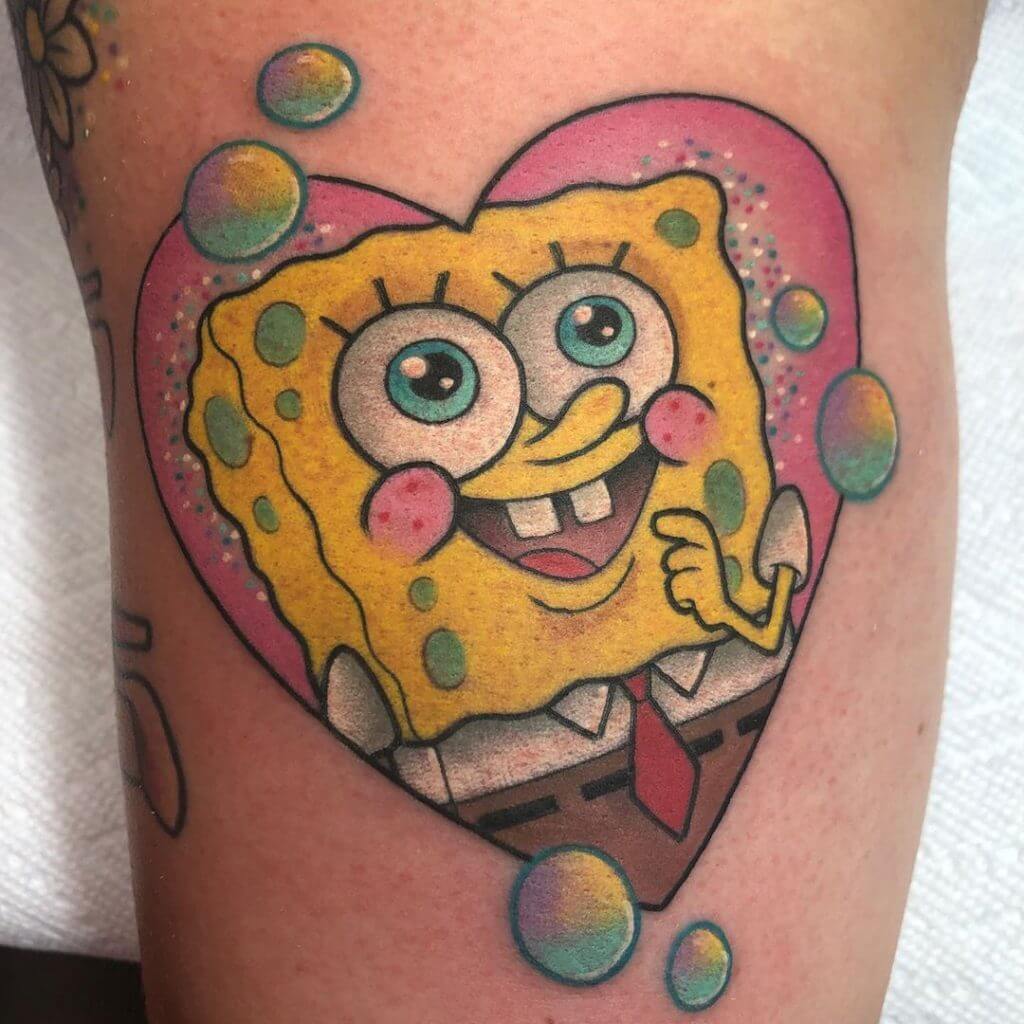
Well-applied, healed, and protected tattoos will last longer and stay vibrant for years. However, some fading and deterioration are inevitable over time. For those looking to rejuvenate their tattoos, a touch-up can often restore their original luster.


